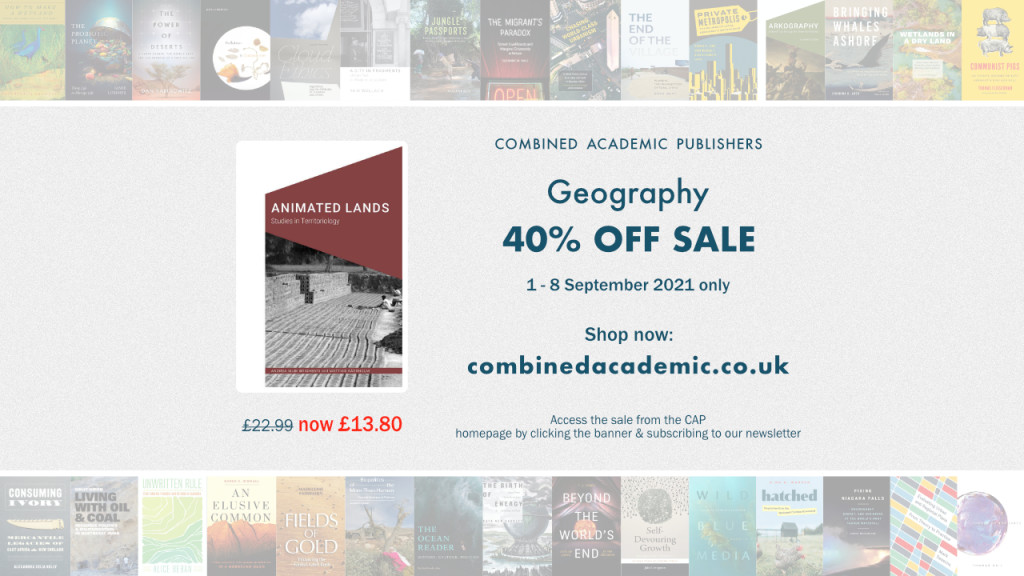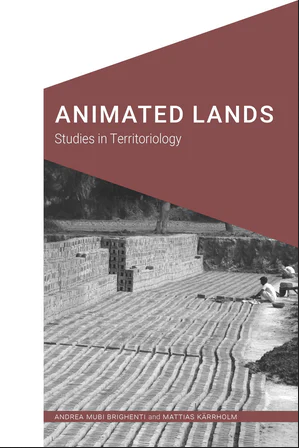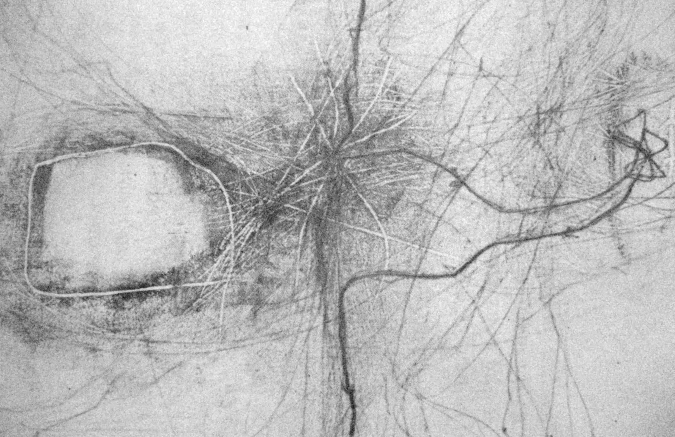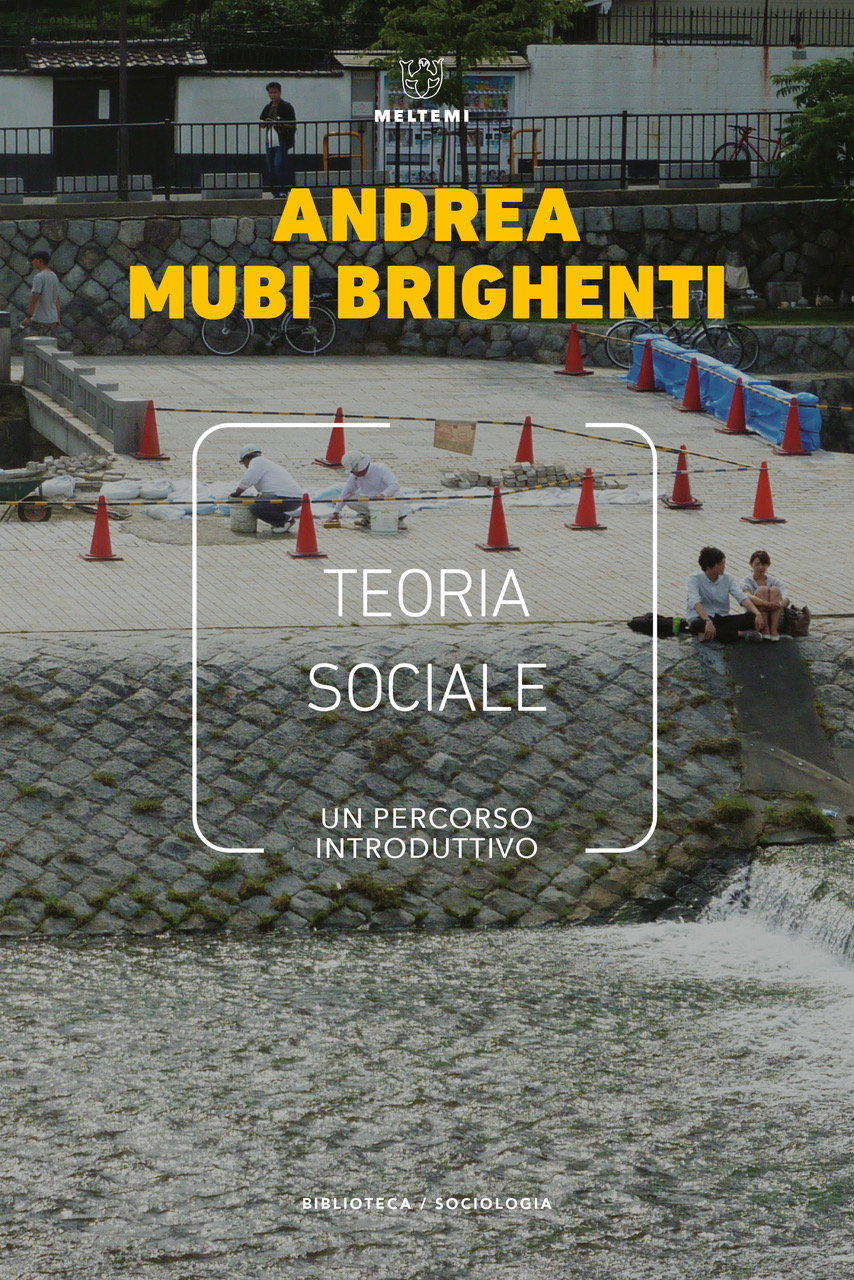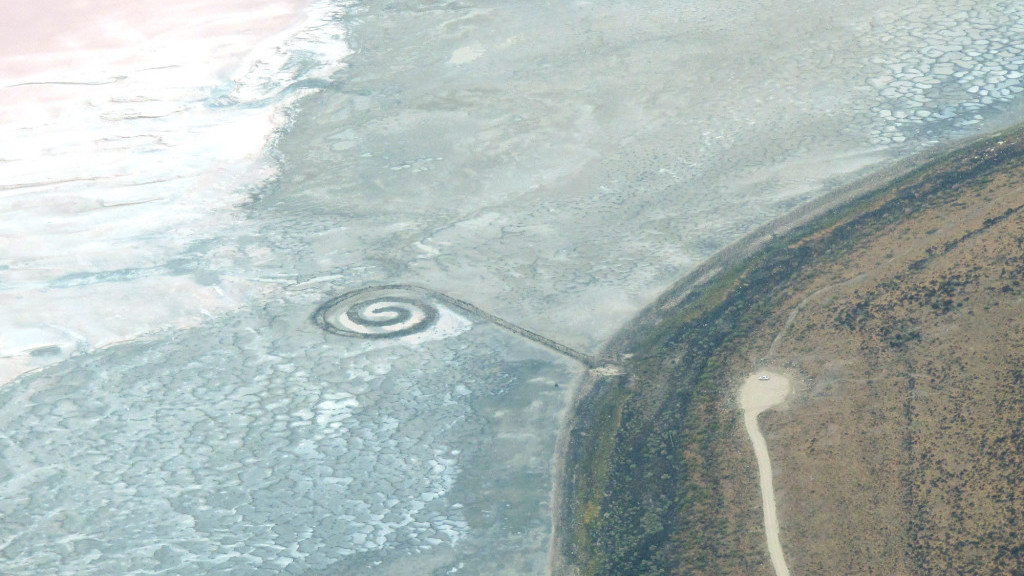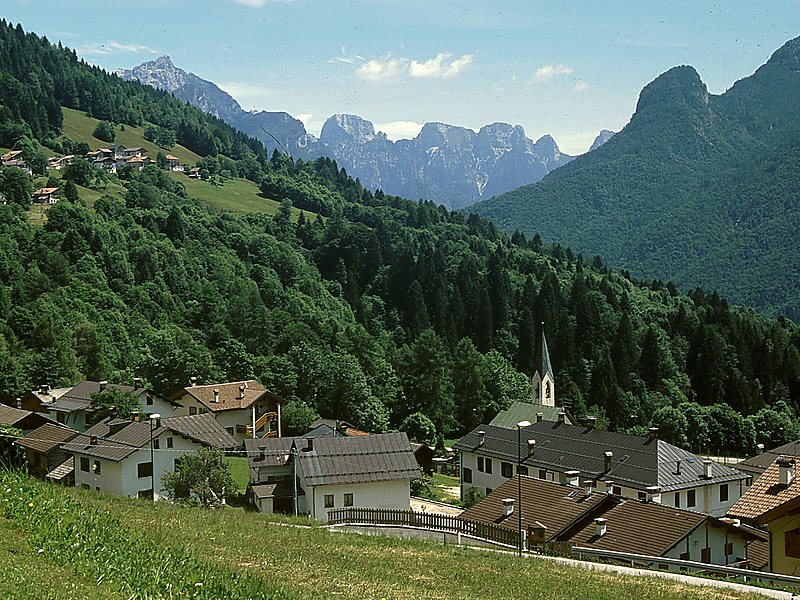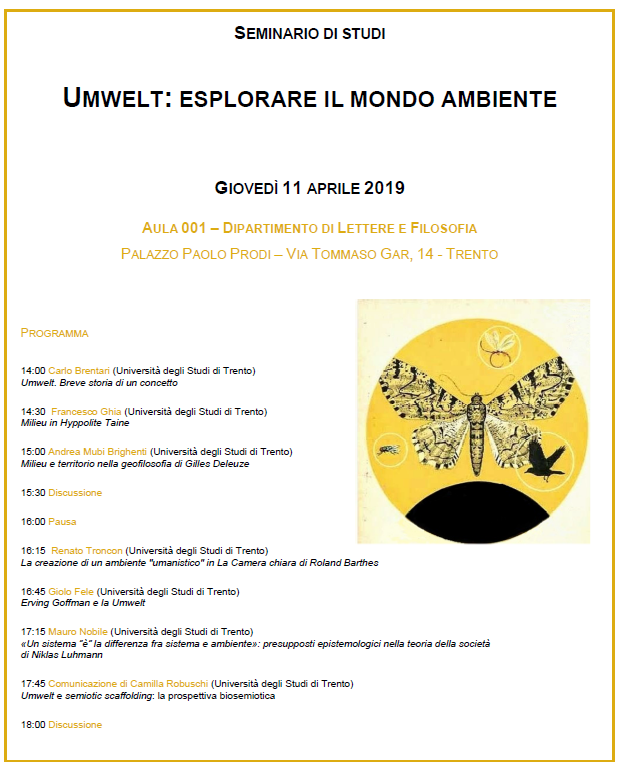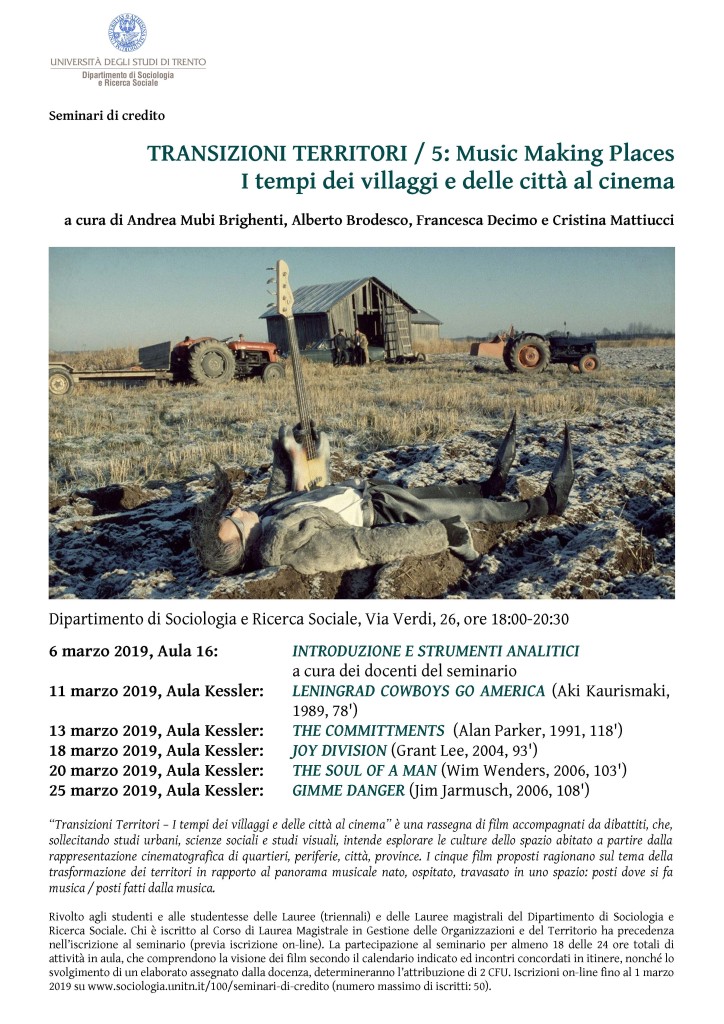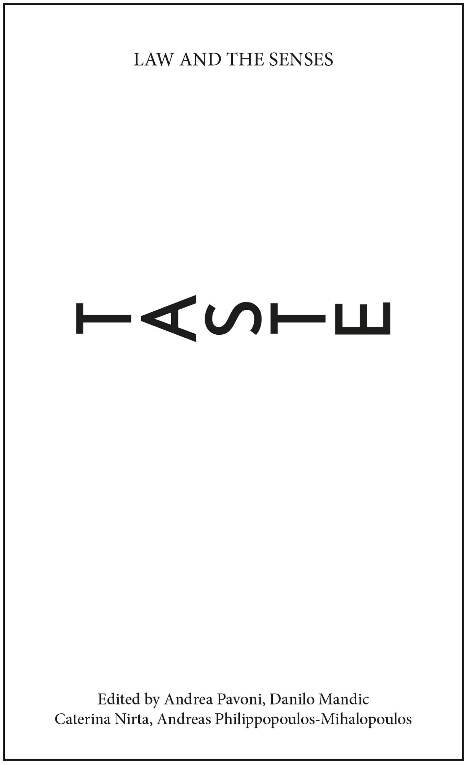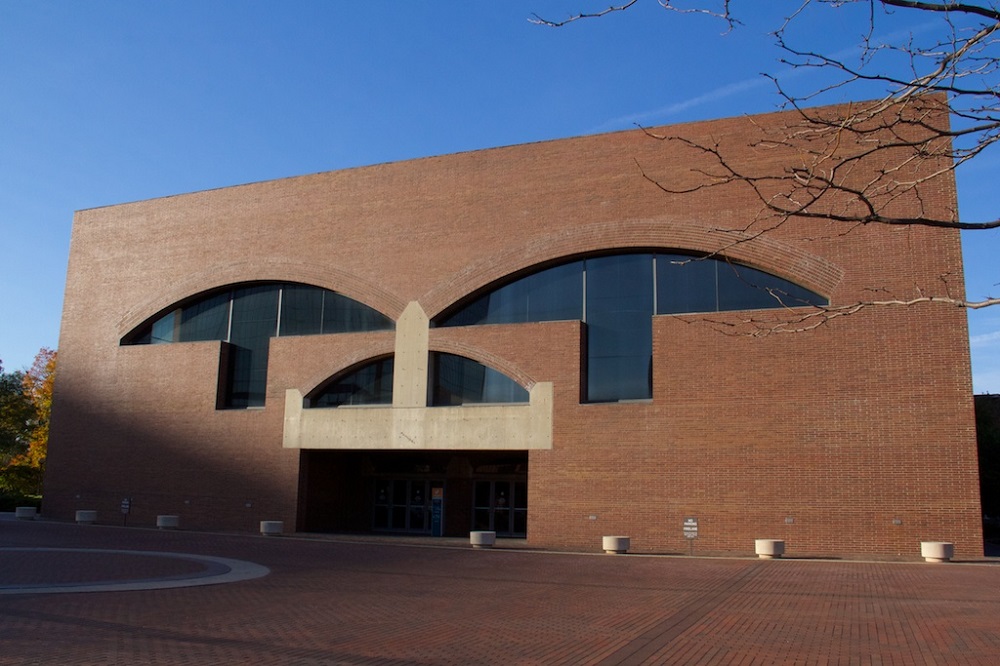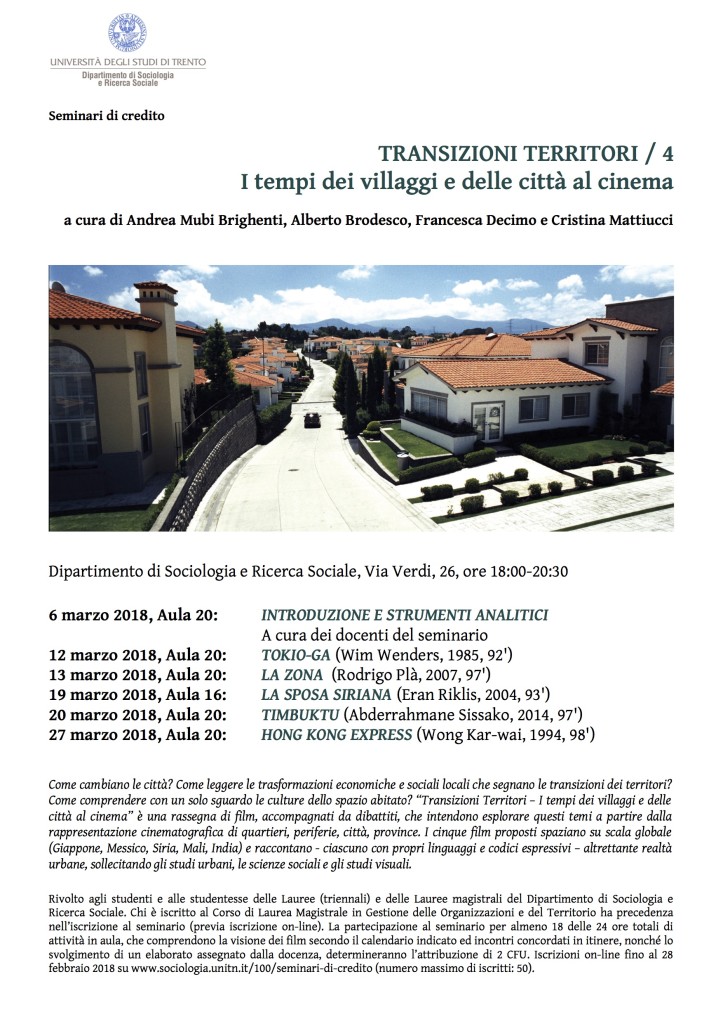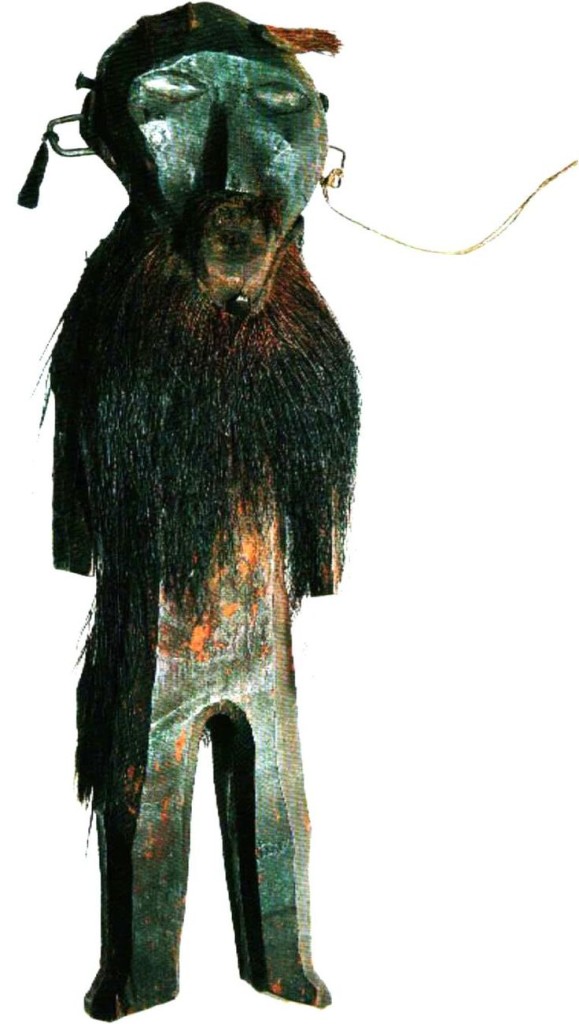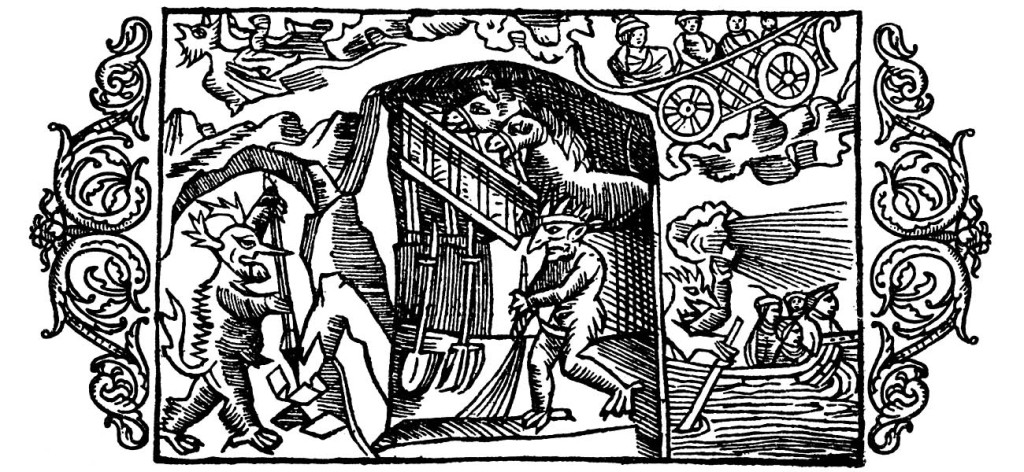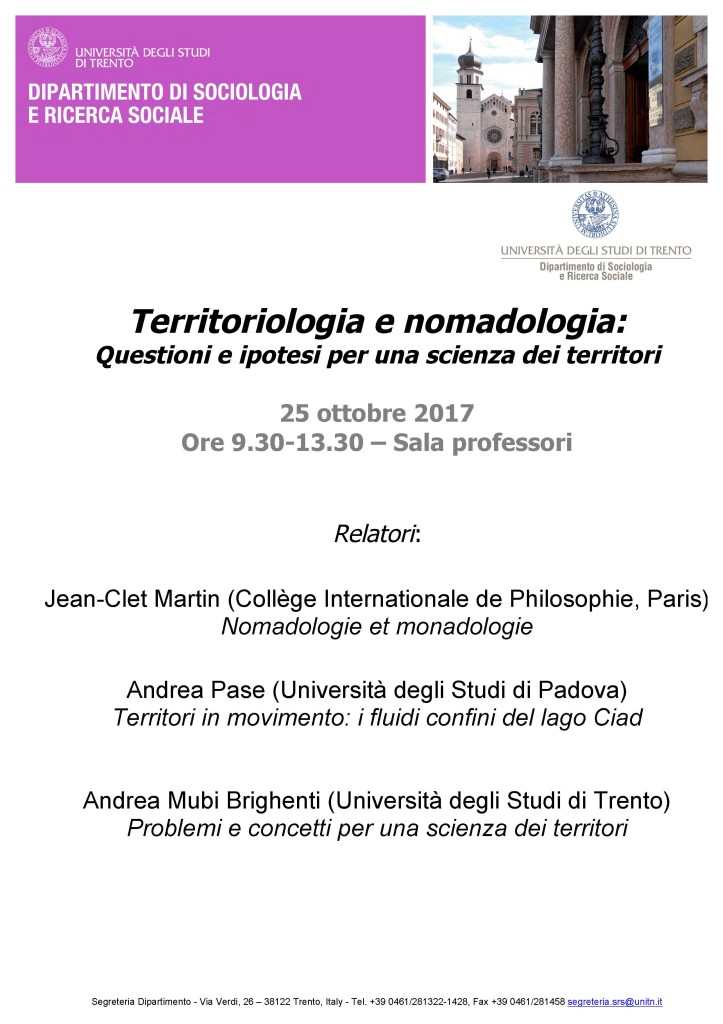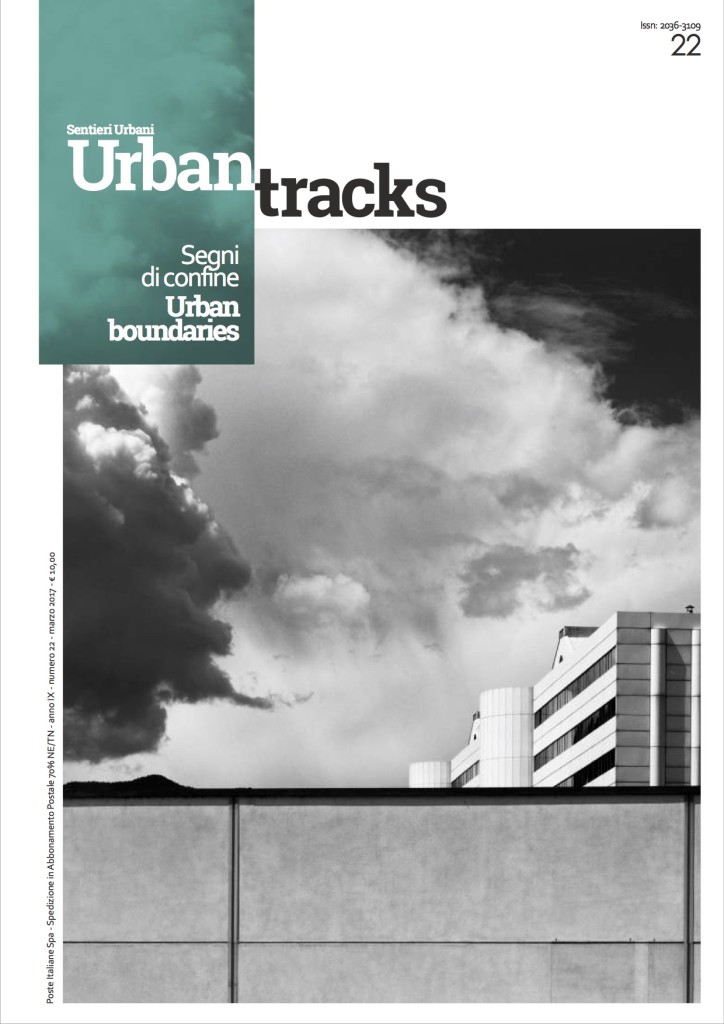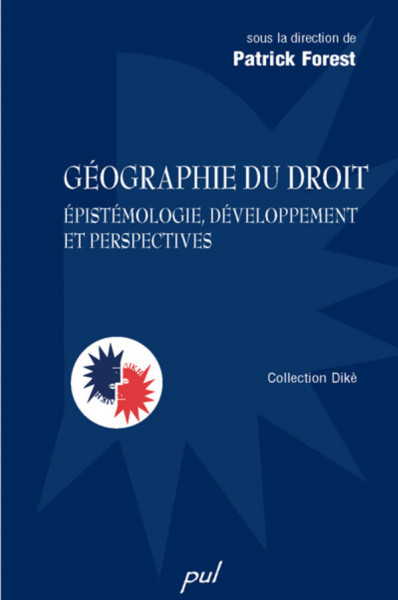NOW PUBLISHED in CITY, TERRITORY & ARCHITECTURE
Abstract: The recent, rich scholarship on rhythms, following in the wake of Lefebvre’s book Éléments de rythmanalyse (1992), proves that rhythmanalysis is an important sensitising notion and research technique. Despite its increasing recognition, however, rhythmanalysis has not yet become a proper science as its proponents had hoped. In this article, we argue that rhythmanalysis could benefit from being further developed and integrated into a wider science of territories. What research must attain is, we suggest, not simply a recording, description or analysis of rhythms; instead, the goal is to capture the life of rhythms as they enter territorial formations. A neo-vitalistic conception, in other words, could enrich the standard social-scientific understanding of the relation between rhythms and territories. More specifically, we submit that the notion of rhythm could be explored not only in terms of the recurrent patterns of association it defines, but also with essential reference to the intensive situations and moments it generates and, in the end, territorialises.
Keywords: Social rhythms, Rhythmanalysis, Synchronisation, Science of territories, Territorial intensities
Open Access PDF
